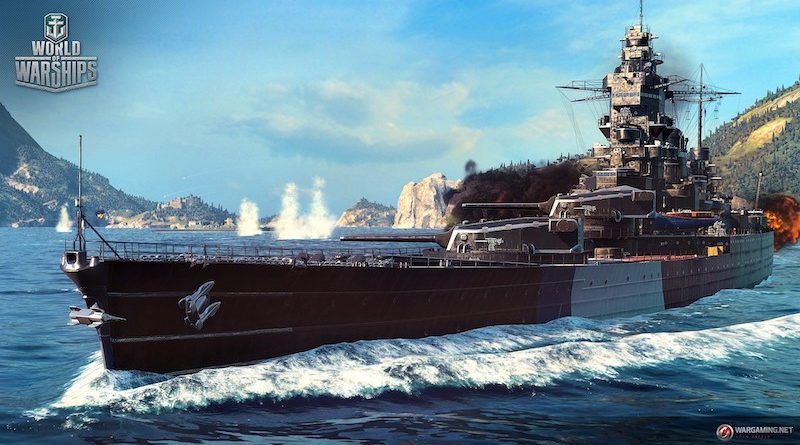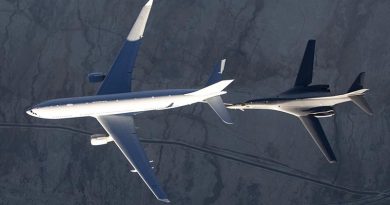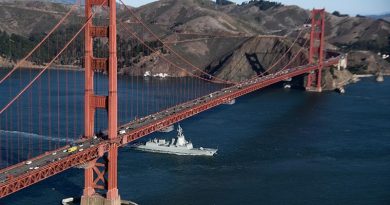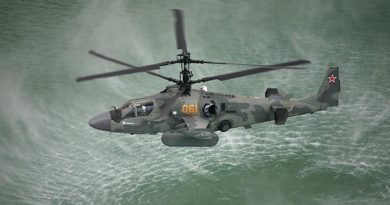Warships: The art of movement

Have you ever wondered about the accuracy and detail portrayed in video games – especially when it comes to games that purport to recreate historic battles or real-life vessels, vehicles, aircraft, weapons and so on?
Wargaming Group is very passionate about the details.
NOTE: This is not a ‘sponsored post’, but Wargaming has been good to CONTACT, with a drive in a real-life Centurion tank and a very spesh Christmas prezzie.
The following narrative was supplied by Wargaming Group – and published here because I am genuinely interested…
P.S. there are two more, equally interesting, related pieces, covering ‘recreating ship detail’ and ‘ballistics’ (coming soon).
 Naval battles are always dynamic. There simply wouldn’t be naval battles without maneuvers, movement, and complex interactions between ships and flotillas.
Naval battles are always dynamic. There simply wouldn’t be naval battles without maneuvers, movement, and complex interactions between ships and flotillas.
In the absolute majority of cases, naval battles have always been about maneuvering rather than firing.
It should come as no surprise then, that we have paid utmost attention to this aspect of the game.
So, how is the movement of ships different from the movement of ground or air vehicles?
It would seem that the sheer scale of these steel monsters and their gigantic power, which make humans seem like tiny grains of sand, presuppose enormous speeds.
But that’s where a completely different element comes into play.
The density of seawater is 800 times greater than that of the air, which has an effect on movement dynamics.
Despite all of their power, ships are often slow and sluggish compared to agile aircraft or ground vehicles.
In reality, dozens of forces influence a moving ship in one way or another.
Of course, it’s impossible to recreate such a complex system of effects within a computer game, and only the most ardent of naval enthusiasts would play such a game.
Nevertheless, we’ve tried to keep some nuances of steering a real warship and find a balance between historical accuracy and gameplay convenience.
Here are the four features that are closest to reality that any player will encounter while controlling their ships in the game:
- The maneuverability of a ship depends on its mass and the engine’s power output.
- Movement inertia: the heavier a ship and the greater its displacement, the more difficult it is to accelerate and slow down.
- When a ship turns or moves in a circle, it lists to the external side.
- When you start turning, movement speed drops considerably.
What impacts the maneuverability of a ship?
In reality, the maneuverability of a ship is influenced by hull shape, ship mass, power plant output, and many other factors. But to make the gameplay more dynamic and enticing, we have to sacrifice the exact match to reality. In World of Warships, ships accelerate significantly faster than in real life. However, if you were to take two real ships with specific masses and propulsion-plant power output, the correlation of their maneuverability in the game would be very close to what you would find in reality.
Movement inertia
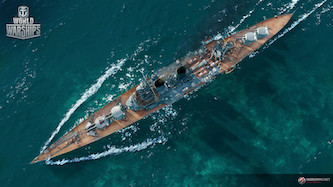 Giant steel machines can’t stop or accelerate instantaneously—it’s a natural consequence of their dimensions and weight. However, you need to consider that active stopping is always used in our game. This means that when the order to move backwards or stop is issued, the mechanics don’t simply turn the engines off, they engage reverse speed. Together with the considerable drag from the water, this allows you to quickly decelerate when travelling at relatively high speeds. As a result, the braking distance of a ship is quite short—within three to four hull lengths.
Giant steel machines can’t stop or accelerate instantaneously—it’s a natural consequence of their dimensions and weight. However, you need to consider that active stopping is always used in our game. This means that when the order to move backwards or stop is issued, the mechanics don’t simply turn the engines off, they engage reverse speed. Together with the considerable drag from the water, this allows you to quickly decelerate when travelling at relatively high speeds. As a result, the braking distance of a ship is quite short—within three to four hull lengths.
The ship’s inertia doesn’t only manifest in forward and reverse motion, but also when turning. Ships don’t move on rails, which is why, when you release the rudder while turning and return it to the neutral position, the ship will continue turning due to its inertia for some time. But how does this manifest in the game? Firstly, always keep an eye on the position of your ship and its environment, as it’s impossible to stop instantaneously. This will help you avoid any collisions with islands that “suddenly” appear in your path, or even enemy torpedoes approaching your side. Secondly, you won’t be able to play “swings”—i.e. hide behind cover, reappear, and then hide again soon after. Thirdly, sluggish and heavy ships shouldn’t stay in one place pretending they are floating fortresses—if an enemy suddenly attacks, you might not have enough time to evade their fire.
Listing when turning
When a ship turns, the combination of forces influencing it makes it list. The higher the speed, the greater the list. In the game, a ship’s position is important to consider when firing at it—a listing ship will expose the more vulnerable parts of its hull, and the angles at which shells hit the armor change.
Drop in speed when turning
When a ship turns, it begins to move a little sideways. As a result, the drag from the water increases, and even with the engine set to full ahead, the ship’s speed drops significantly. The exact value of this drop usually depends on the engine’s power, the ship’s turning angle, and ship lines. It’s necessary to consider this factor in the game. A target moving in a straight line is much easier to hit, but when you tack (sail in a general direction while constantly changing course) you considerably increase the time in which you remain under enemy fire.
.
.

.
.

